Navigating California’s Mighty Industrial Market
Chris Burns of Duke Realty on why the Golden State remains a force to be reckoned with.
Industrial real estate in the U.S. has had a great year. More than $41.7 billion was generated in year-to-date sales through September, according to a CommercialEdge report, an increase of 43.8 percent from the previous year.
California’s industrial markets have been among the top performing in 2021. Vacancy in the Inland Empire, for example, reached 1.1 percent in September, CommercialEdge data shows, while average rents grew by 6.1 percent year-over-year, to $6.45 per square foot.
However, the West Coast is not without its issues. Recent global supply chain issues, labor shortages and cost increases, among other factors, have contributed to some significant shifts in the sector.
To find out more about current issues within California’s industrial sector, Commercial Property Executive spoke to Chris Burns, Duke Realty Executive Vice President for the Central and Western regions. Burns has been with Duke Realty for more than 17 years and is currently in charge of leasing and seeking new development opportunities in 10 logistics markets, including California.
California’s industrial markets remained some of the highest performing this year. Port markets have been especially strong. How have Southern and Northern California evolved this year, if you could please do a quick comparison of the two?
Burns: The Ports of Los Angeles and Long Beach are two separate ports adjacent to each other. While there are synergies between the two, they compete for customers. Individually, they are the two largest container ports by TEUs (twenty-foot equivalent unit) in the U.S. and when combined they handle approximately 17.3M TEUs annually, that’s 2.5 times the volume as the third largest container port, the Port of New York and New Jersey management of approximately 7.5M TEUs annually.
The Port of Oakland handles approximately 2.4M TEUs annually. Los Angeles and Long Beach are the gateway to the U.S. for imported goods from Asia and approximately 40 to 45 percent of all goods coming through the Ports are for the local Southern California population. The Port of Oakland, which also handles approximately 75 percent of the United States’ heavy trade with Asia, moves approximately 99 percent is containerized goods for Northern California annually.
Even with the supply chain disruptions, the Ports of Los Angeles and Long Beach and the Port of Oakland are having excellent years and will increase their volume by approximately 20 percent when compared to a pandemic impacted 2020.
West Coast markets have remained a safe target for foreign investment in industrial real estate. What significant changes have you noticed this year, regarding foreign competitors?
Burns: We’ve seen an increase in foreign capital pursuing West Coast industrial given the strength of the sector’s fundamentals. With the lead time it takes to start a project, investments haven’t been in the form of new developments the past 12 months but more around capital looking for existing assets. The e-commerce tailwinds coming out of the pandemic combined with supply chain issues and the challenges our customers have maintaining inventory levels has been a perfect storm for demand of logistics space. All-time low vacancy rates and leasing at record levels have attracted plenty of new entrants to the sector. Foreign capital has been aggressive in pursuing opportunities with strong return on investment. However, there can also be a focus on capital preservation and industrial product, which can offer long lease terms with low capex, making it an attractive class for certain types of investors.
In your experience, have emerging technologies (such as autonomous operation or AI) had a significant impact in California? How has this affected investment?
Burns: Finding qualified labor in 2019 was already difficult for our customers, the pandemic accelerated this issue and we’re seeing significant wage growth for employees in logistics facilities. What previously was a $12 per hour job several years ago is now $18-20 per hour or higher depending on the overall skill set. Employers are also offering sign-on bonuses or helping fund education.
As customers continue to face the challenge of finding qualified workers, we are starting to see significant investment in robotics and automation to help fill this gap. While the pandemic made the labor shortage more prevalent, it’s also pulled forward the commitment to investing and identifying new technologies to make operations reliable and more efficient, we expect to see that trend continue. This could be in the form of more sophisticated material handling equipment, robotics or autonomous trucks that can help offset the shortage of truck drivers.
Construction jobs in the state have struggled for a few months. In your experience, how has this affected industrial developers/investors?
Burns: Construction labor and the process of developing a building, in general, has become increasingly difficult. As an industrial developer, Duke Realty has been impacted with delivery dates and managing construction schedule expectations with our customers. It’s difficult to maintain schedules due to a shortage of labor, and material cost increases along with delivery delays have upended traditional timing expectations. It’s certainly more difficult to sit across the table from our customer and give them the timing clarity they are looking for. What used to take nine to ten months to build could be a solid 15 months today if you don’t plan ahead.
We’ve been able to use our size and scale as an advantage and make commitments on critical path items months ahead of starting a project to keep us on track. We have already placed orders for materials on most of our 2022 pipeline in an effort to ensure our start dates and minimize schedule disruptions.
Most markets seeing growth are also experiencing a shortage of skilled tradespeople needed to build projects. Our clients are experiencing general labor shortages, as well. That is a concern, given that a large e-commerce facility may need to employ several thousand workers.
As developable land becomes scarcer in certain areas of California, do you think we’ll see more investment into redeveloping older stock? What about conversions?
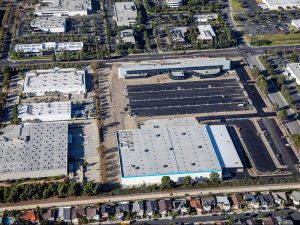
6400 Katella Ave. in Cypress, Calif. was recently converted to industrial use. Photo courtesy of Duke Realty
Burns: We believe it will be a combination of product types that helps meet demand. The amount of properly zoned industrial sites in key California markets has reduced significantly and in the heavily populated areas there isn’t any land available. The only opportunity for new product is through re-development. Repositioning existing industrial assets or taking down older projects and redeveloping is still the primary way to increase or upgrade supply. However, there are conversions taking place and Duke Realty has had success in California converting vacant office properties, primarily in business parks with flexible zoning. There are some retail conversions taking place, but they are limited and can be more difficult if they are near population centers given community expectations for the type of use on the site.
Having land banked for future facilities is now more valuable than ever. When there is opportunity for land, it’s important to react quickly with due diligence and funding. We are finding that what we start as a speculative development, is more often than not pre-leased and converts to a spec-to-suit project.
Duke Realty made a commitment to develop only LEED-certified buildings. Are there any particularities in California that inform how this is carried out, and how has the process been going so far?
Burns: Duke Realty made the commitment to develop all our new facilities to LEED certification standards back in 2019.
Duke Realty’s California portfolio totals more than 22 million square feet and we’ve developed approximately 65 percent of those assets. Nearly all our developed projects are LEED-certified, and we currently own properties that are LEED Silver, Gold and Platinum. We’ve been developing LEED-certified properties in California since 2014. With the Title 24 and Cal Green requirements and their overlap, we are essentially designing to LEED certification standards. Given our commitment to sustainability, we are now a member of LEED Volume, which is a program to help expedite the certification process.
Duke Realty was recently involved in creating a solar installation in New Jersey, in partnership with Solar Landscape. Do you have plans to implement similar projects in California?
Burns: Yes, we do have plans to integrate renewable energy sources in our facilities in California. Renewable energy models will differ by state and California won’t mirror New Jersey. However, we are working on ways to implement more solar. In Irwindale, we are under construction on a 528,000-square-foot facility that was recently leased by a Fortune 20 company and will be Duke Realty’s first building that is designed as net zero. It’s a state-of-the-art facility integrating a number of technologies such as improved air filtration systems, integrated solar panels and battery storage to supplement tenants’ energy needs and increase sustainability reporting through the use of smart sensors. There will also be several features that focus on employee health like a walking track, indoor/outdoor areas and a community garden.
We originally looked at this project as an opportunity to learn what features work and to engage our customers to better understand what’s important to them. The response to the facility was better than anticipated. We are seeing a stronger focus on sustainability initiatives from our customers. They have ideas and are looking for solutions. That’s where Duke Realty can add value.
What was the most important lesson learned regarding investment, in the wake of the global health crisis?
Burns: One of the key lessons is to always be looking ahead and making sure there is a plan. When things go bad it often happens quickly. Most of our senior leaders have managed through more than one economic downturn and all were with Duke Realty during the Great Recession of 2008. The industrial sector remembered those lessons and remained disciplined through the pandemic. As a peer group, we were all in much better shape to weather a downturn.
In terms of investment, we took a two month pause. Then began to accelerate on our strategy of investing in coastal Tier-1 markets. Given the performance of these markets and the importance of our industry in the global supply chain, we further validated our investment in high-barrier locations.
We also learned the importance of our associates, their experience, and the quality of their work. It was their dedication to our success that has catapulted our success this year. Additionally, we were able to work more closely with our customers, learn their challenges and worked to meet their needs.

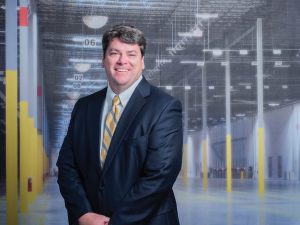
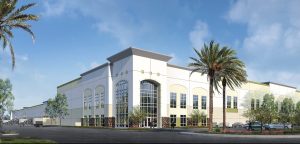
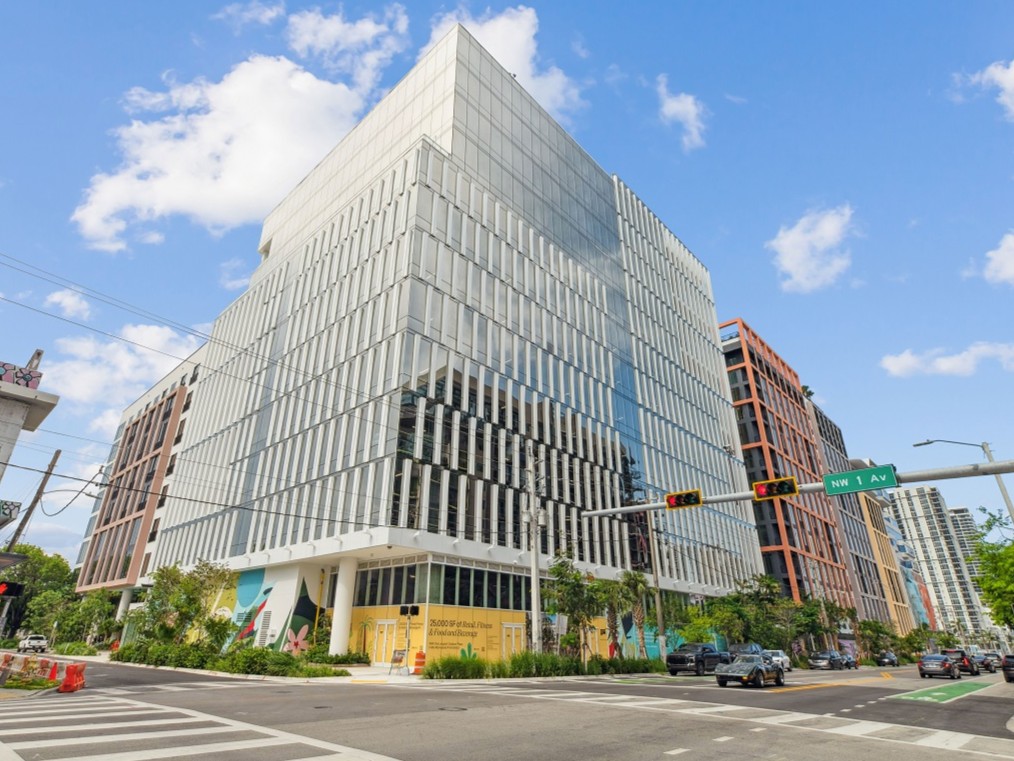
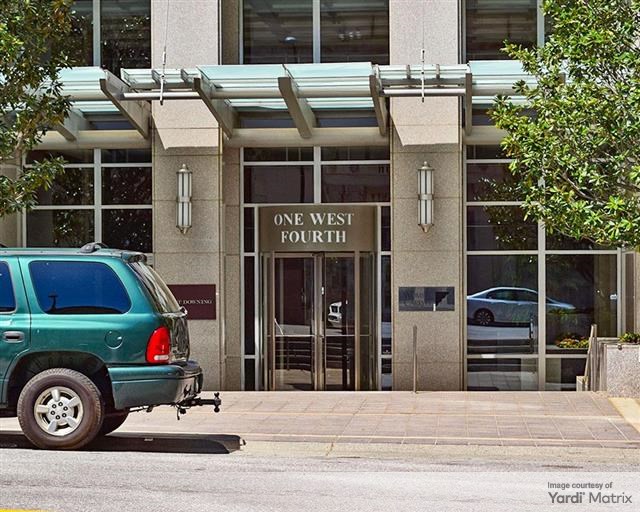
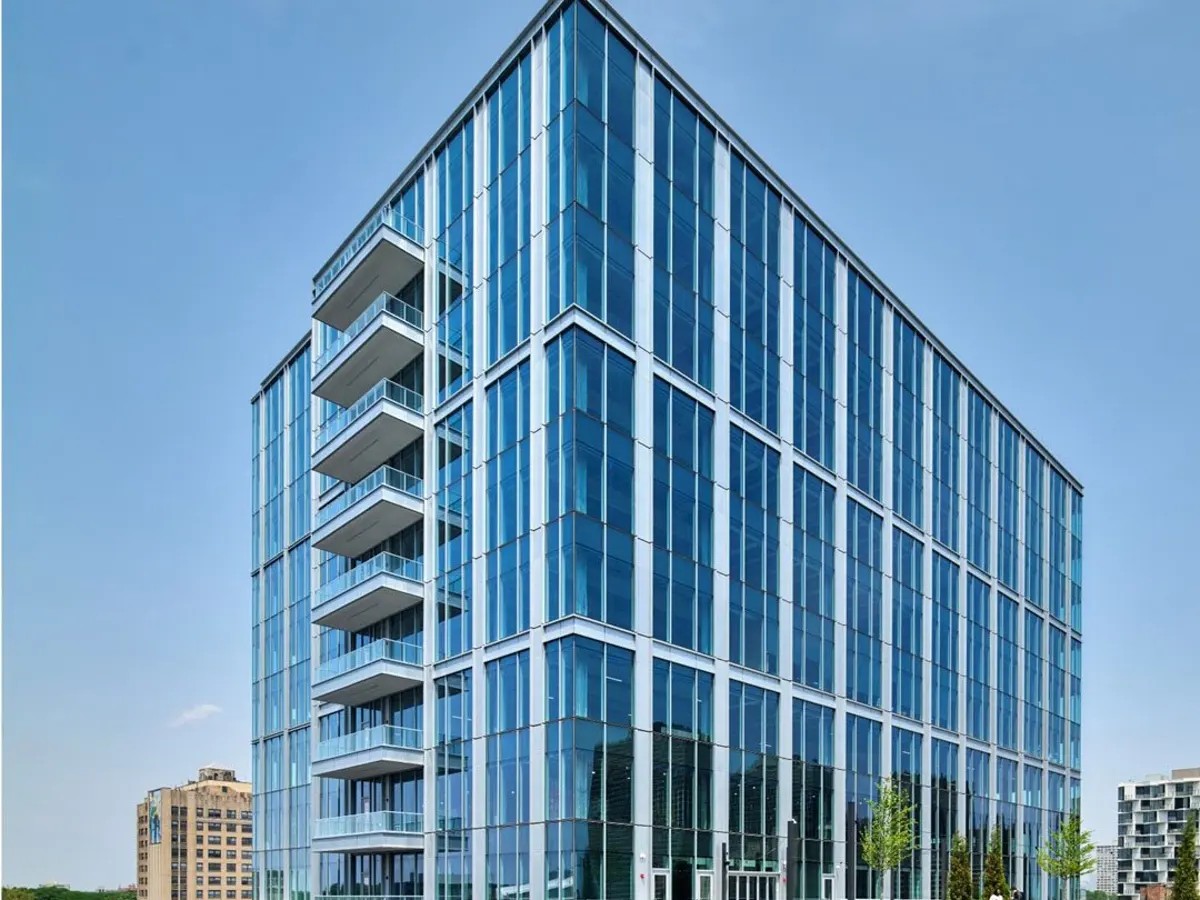
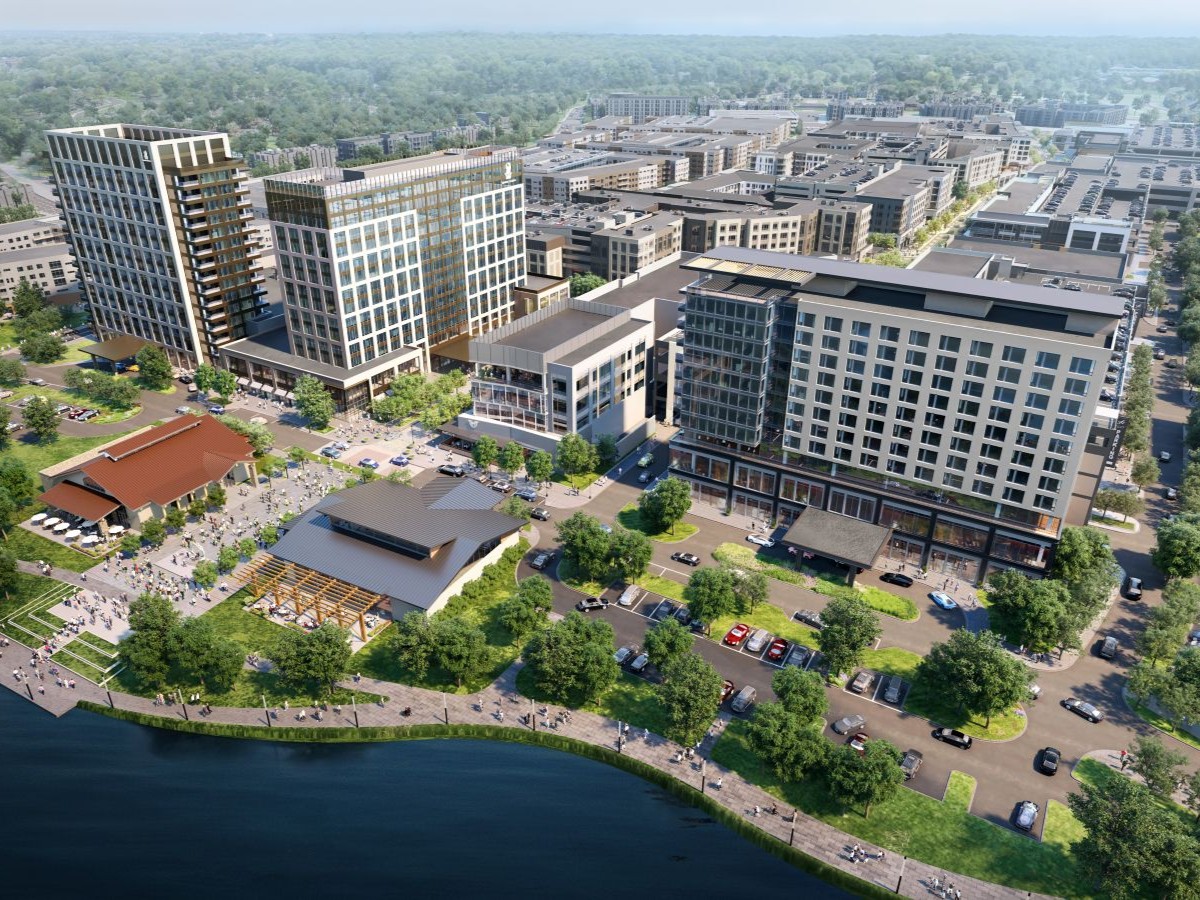
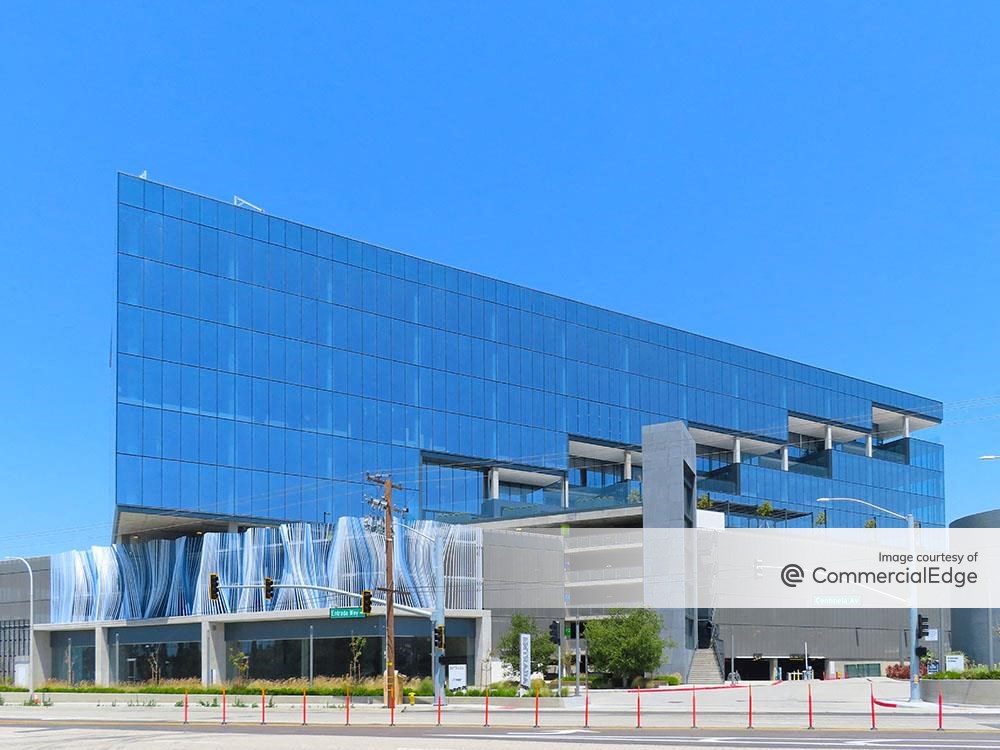
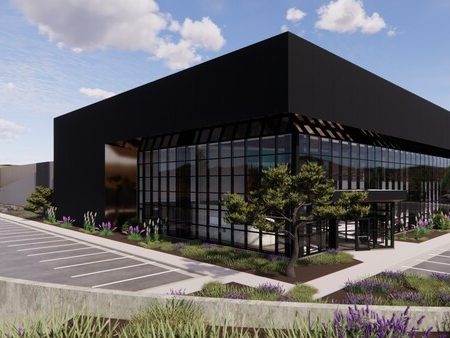
You must be logged in to post a comment.